Blister socks have emerged as a game-changer in the apparel and accessory industry, offering unparalleled comfort and protection for active individuals. As the demand for specialized socks continues to rise, blister socks are gaining significant traction in the market.
Table of Contents:
-Market Overview: The Rising Demand for Blister Socks
-Innovative Materials and Fabrics in Blister Socks
-High-Performance Synthetic Fibers
-Natural and Eco-Friendly Options
-Design and Functionality: What Sets Blister Socks Apart
-Advanced Cushioning and Padding
-Seamless Construction for Maximum Comfort
-Target Audience: Who Benefits the Most from Blister Socks
-Athletes and Sports Enthusiasts
-Outdoor Adventurers and Hikers
-Seasonality and Trends: When and Why Blister Socks are Essential
-Seasonal Variations in Blister Sock Demand
-Emerging Trends in Blister Sock Design
-Conclusion
Market Overview: The Rising Demand for Blister Socks
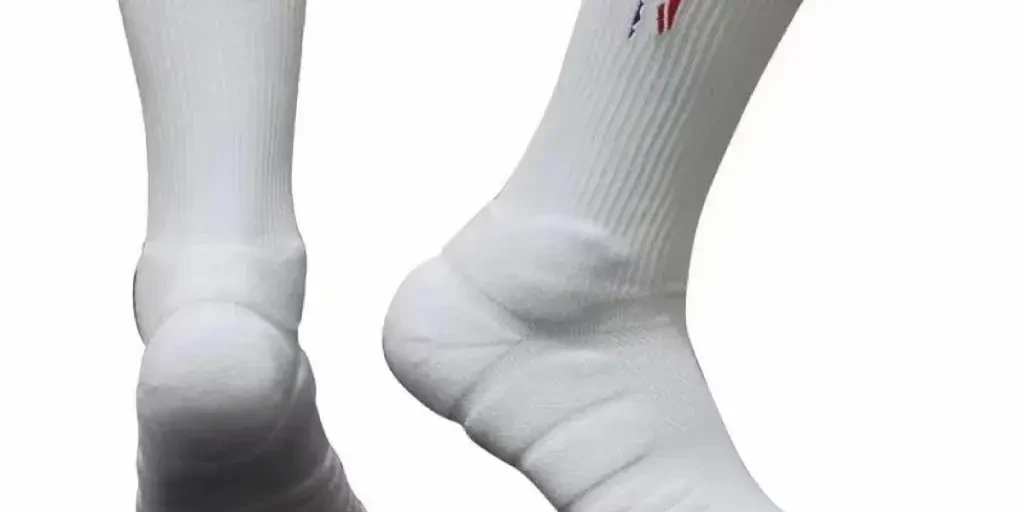
The global socks market is experiencing a significant surge, with blister socks leading the charge. According to Research and Markets, the socks market is forecasted to grow by USD 16.44 billion during 2023-2028, accelerating at a CAGR of 5.82% during the forecast period. This growth is driven by the rising demand for specialized socks products, including blister socks, which cater to specific needs and preferences.
Blister socks are designed to prevent and alleviate the discomfort caused by blisters, making them a popular choice among athletes, hikers, and outdoor enthusiasts. The increasing awareness of foot health and the importance of proper footwear has further fueled the demand for these specialized socks.
The market for blister socks is also influenced by advancements in materials and technology. Manufacturers are continuously innovating to enhance the performance and comfort of blister socks. For instance, the use of high-performance synthetic fibers and natural, eco-friendly materials has become a key trend in the industry. These materials not only provide superior protection against blisters but also offer breathability, moisture-wicking properties, and durability.
Regional insights reveal that the demand for blister socks is particularly strong in North America and Europe. These regions have a high concentration of sports enthusiasts and outdoor adventurers who prioritize foot health and comfort. Additionally, the growing popularity of outdoor activities and fitness trends in these regions has contributed to the increased adoption of blister socks.
Key players in the blister socks market include well-known brands such as Nike, Adidas, and Under Armour. These companies have a strong presence in the market and are continuously expanding their product portfolios to include innovative blister sock designs. For example, Nike’s anti-blister socks feature advanced cushioning and seamless construction, providing maximum comfort and protection for athletes.
Future trends in the blister socks market indicate a shift towards sustainability and eco-friendly products. Consumers are becoming more conscious of the environmental impact of their purchases, leading to a growing demand for blister socks made from sustainable materials. Brands are responding to this trend by incorporating recycled fibers and organic materials into their products, thereby reducing their carbon footprint.
Innovative Materials and Fabrics in Blister Socks
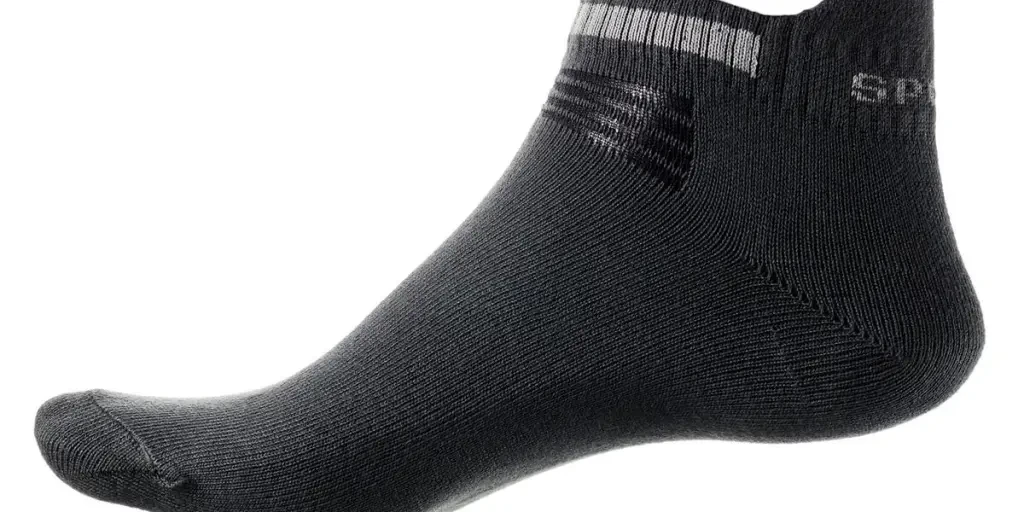
Blister socks have evolved significantly over the years, thanks to advancements in materials and fabrics. These innovations have not only enhanced the performance of blister socks but also made them more comfortable and sustainable.
High-Performance Synthetic Fibers
High-performance synthetic fibers are at the forefront of blister sock technology. These fibers are engineered to provide superior moisture-wicking properties, which are crucial in preventing blisters. According to a professional report, synthetic fibers such as polyester, nylon, and spandex are commonly used in blister socks due to their durability and elasticity. These materials help in maintaining the sock’s shape and fit, even after multiple washes.
Polyester, for instance, is known for its excellent moisture-wicking capabilities. It draws sweat away from the skin, keeping the feet dry and reducing the risk of blisters. Nylon, on the other hand, adds strength and abrasion resistance to the socks, making them more durable. Spandex provides the necessary stretch, ensuring a snug fit that prevents friction between the sock and the skin.
Natural and Eco-Friendly Options
In recent years, there has been a growing demand for natural and eco-friendly materials in the apparel industry, and blister socks are no exception. Brands are increasingly incorporating sustainable fibers such as merino wool, bamboo, and organic cotton into their products.
Merino wool is a popular choice due to its natural moisture-wicking and temperature-regulating properties. It is also soft and comfortable, making it ideal for blister socks. Bamboo fibers are another eco-friendly option, known for their breathability and antibacterial properties. Organic cotton, which is grown without the use of harmful pesticides, offers a soft and comfortable feel while being environmentally friendly.
A professional report highlights that the use of these natural fibers not only enhances the performance of blister socks but also aligns with the growing consumer preference for sustainable products. Brands like Proclaim are leading the way by using materials such as Tencel, organic cotton, hemp, and cupro in their plant-based shapewear collections, setting a precedent for the blister sock industry.
Design and Functionality: What Sets Blister Socks Apart
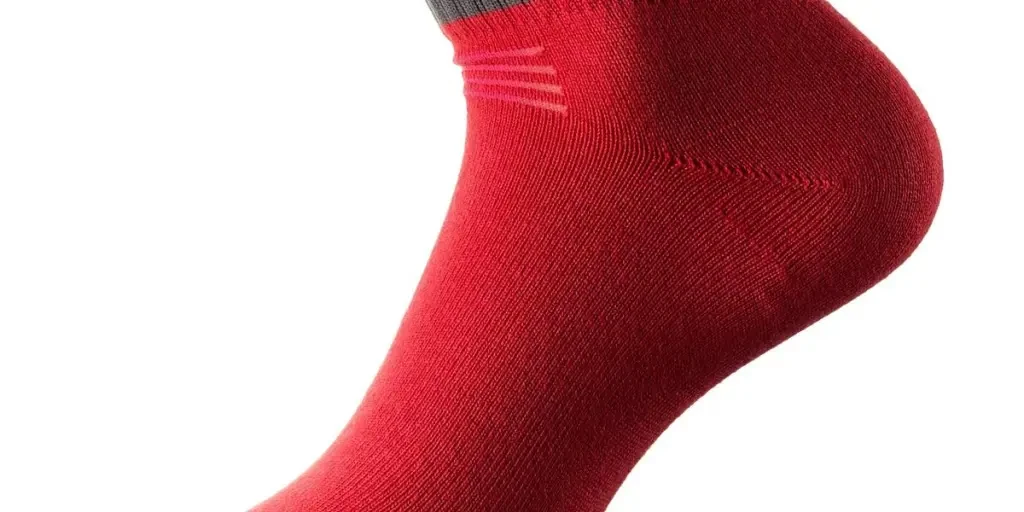
Advanced Cushioning and Padding
One of the key features of blister socks is advanced cushioning and padding. This is strategically placed in areas that are prone to friction and pressure, such as the heel and ball of the foot. The cushioning acts as a barrier, reducing the impact and preventing blisters from forming.A professional report shows that brands are continuously innovating in this area, using materials like memory foam and gel inserts to enhance the cushioning effect.
Seamless Construction for Maximum Comfort
Seamless construction is another critical aspect of blister sock design. Traditional socks often have seams that can cause irritation and friction, leading to blisters. Blister socks, however, are designed with seamless toe closures and smooth surfaces to eliminate these pressure points. This ensures that the sock stays in place during physical activities, further reducing the risk of blisters.
Target Audience: Who Benefits the Most from Blister Socks
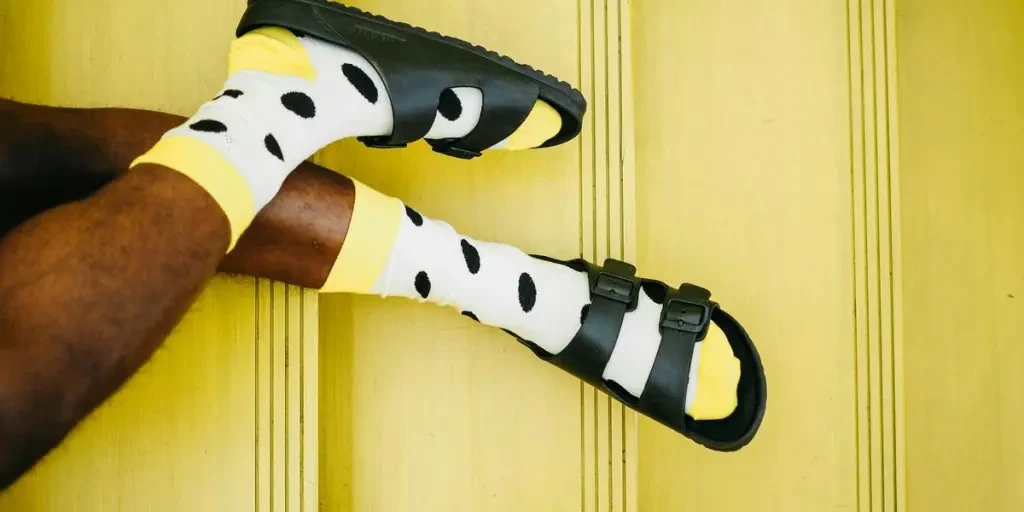
Athletes and Sports Enthusiasts
Athletes and sports enthusiasts are among the primary beneficiaries of blister socks. Whether it’s running, cycling, or playing sports, these individuals are constantly on their feet, making them susceptible to blisters. Blister socks provide the necessary protection and comfort, allowing them to perform at their best without worrying about foot injuries.
Outdoor Adventurers and Hikers
Outdoor adventurers and hikers also benefit significantly from blister socks. Long hikes and outdoor activities often involve rough terrains and extended periods of walking, which can lead to blisters. Blister socks, with their advanced cushioning and moisture-wicking properties, provide the necessary protection and comfort for these activities.
A professional report highlights that the outdoor apparel market is growing, with consumers seeking durable and high-performance products. Brands like Salomon and Hoka are leading the way by incorporating innovative materials and designs into their outdoor footwear and accessories, including blister socks.
Seasonality and Trends: When and Why Blister Socks are Essential
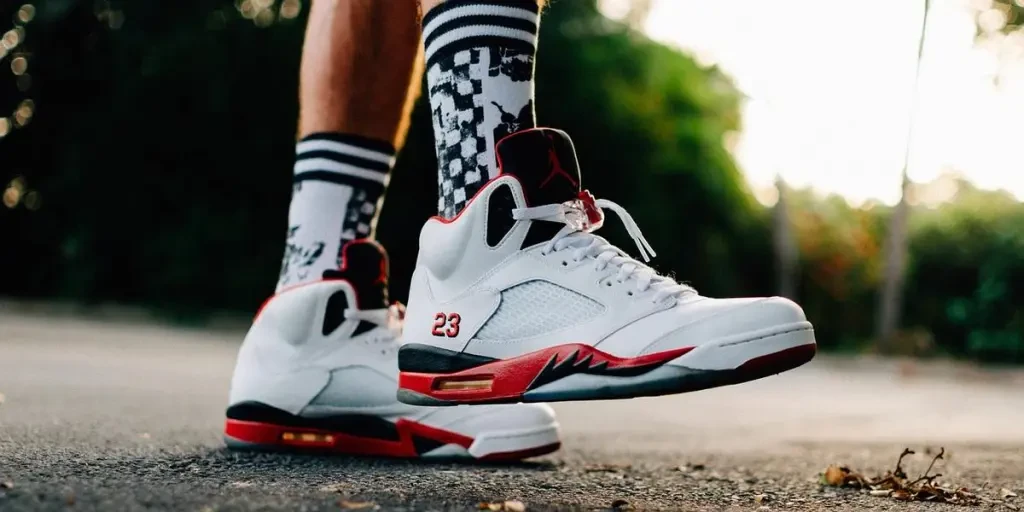
Seasonal Variations in Blister Sock Demand
The demand for blister socks tends to increase during certain seasons, particularly in the spring and summer months. This is when outdoor activities and sports are at their peak, and individuals are more likely to engage in physical activities that can lead to blisters.
A professional report shows that the demand for running footwear and accessories, including blister socks, increases significantly during these months. Brands often introduce new collections and designs to cater to this seasonal demand, incorporating lightweight and breathable materials to enhance comfort in warmer weather.
Emerging Trends in Blister Sock Design
Emerging trends in blister sock design are focused on enhancing performance and sustainability. According to industry experts, there is a growing emphasis on using eco-friendly materials and innovative technologies to improve the functionality of blister socks.
For instance, the use of recycled and biodegradable materials is becoming more prevalent, aligning with the broader trend of sustainability in the apparel industry. Additionally, brands are incorporating advanced technologies such as 3D knitting and seamless construction to enhance the fit and comfort of blister socks.
Conclusion
Blister socks have come a long way, thanks to advancements in materials, design, and functionality. High-performance synthetic fibers and natural, eco-friendly options have revolutionized the industry, providing superior comfort and protection. The seamless construction and advanced cushioning set blister socks apart, making them essential for athletes, sports enthusiasts, and outdoor adventurers.
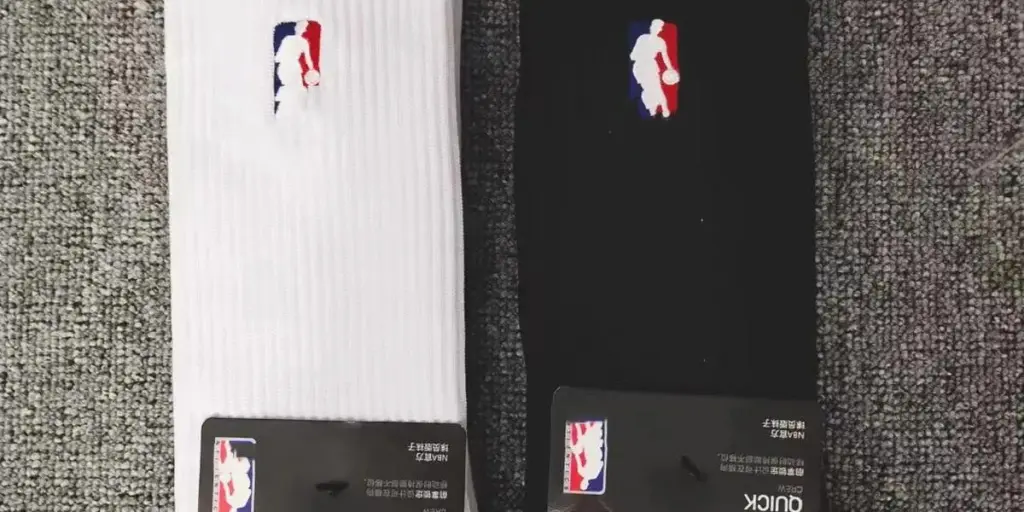




 Afrikaans
Afrikaans አማርኛ
አማርኛ العربية
العربية বাংলা
বাংলা Nederlands
Nederlands English
English Français
Français Deutsch
Deutsch हिन्दी
हिन्दी Bahasa Indonesia
Bahasa Indonesia Italiano
Italiano 日本語
日本語 한국어
한국어 Bahasa Melayu
Bahasa Melayu മലയാളം
മലയാളം پښتو
پښتو فارسی
فارسی Polski
Polski Português
Português Русский
Русский Español
Español Kiswahili
Kiswahili ไทย
ไทย Türkçe
Türkçe اردو
اردو Tiếng Việt
Tiếng Việt isiXhosa
isiXhosa Zulu
Zulu